Baldwin Motion Corvettes – A Deep Dive
The late 1960s and early 70s were a period of time in automotive culture when horsepower was king, and performance enthusiasts from the largest of cities, and the smallest of rural towns alike, duked it out in an attempt for their car to be crowned the baddest of the bunch. You did not have to look far to find an enthusiastic car owner swapping parts in their driveway, in a bid to gain a competitive edge.
From this scene arose a nearly endless number of performance shops, that sought to oblige these would-be racers in their on and off-track endeavors. Soon an entire industry emerged that centered around catering to those who wished to take delivery of a race-ready car, directly upon purchase, without any additional work needed.
Several dealership-affiliated custom car builders began to gain notoriety, including Yenko, Nickey, and Grand Spaulding. However, one such high-performance shop stood above the rest, with a reputation for producing custom Chevrolets so tenacious that few other vehicles on the road could compare.
This company was Motion Performance, a repair and performance shop located in Baldwin, New York.
The Baldwin-Motion Car Legacy
Motion Performance began its run toward supercar infamy in the late 1950s, as a service and repair shop that operated in conjunction with a Sunoco filling station in Brooklyn, New York. With time the shop’s business model began to change, centering more around a performance modification platform. The subsequent installation of a dynamometer in 1963 further solidified the path in which the business was to follow.
By 1966, Motion owner, Joel Rosen, had moved his center of operation to a new shop in Baldwin, New York, and officially incorporated his business into Motion Performance, Inc. At the time, Rosen was experiencing tremendous success at his venture, due in part to his favorable reputation with the East Coast racers of the day. Rosen had previously modified, and drag raced, a 289 Cobra, as well as a 1963 Corvette, both to much success.
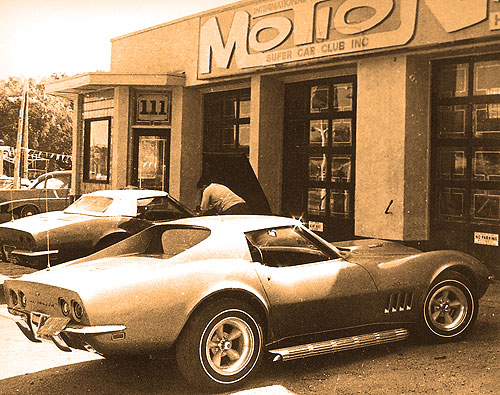
Though business was already booming, Rosen recognized a viable need within the market and seized upon it. He had come to find that a number of consumers would jump at the opportunity to purchase a car, already outfitted with any number of performance modifications that they could possibly dream of. However, for this venture to succeed, Rosen would need a dealership in his corner that could handle new car financing and delivery. This is exactly what he found in Baldwin Chevrolet, a nearby dealership run by Ed Simonin.
Before involvement with Joel Rosen’s Motion Performance, Baldwin Chevrolet had no ties to the performance automotive world. The business relied primarily on the sale of family cars and work trucks to sustain their operation. However, this was all to change when an agreement was reached between Ed Simonin and Joel Rosen.
Per terms of the agreement, consumers could purchase a car from Baldwin Chevrolet, with specific intent for it to be sent to Motion Performance for extensive modification, both mechanically, and in many cases cosmetically. Baldwin Chevrolet even provided financing for such purchases through The General Motors Acceptance Program.
Chevrolet models included in the Baldwin-Motion lineup included the Camaro, Nova, Chevelle, Biscayane, and of course, the Corvette. Rosen would modify, upgrade, and tune these vehicles upon their delivery. However, upon completion, these cars had gained far more than a couple of horsepower. Each Baldwin-Motion car underwent a complete transformation, becoming true road warriors that exuded horsepower and raw performance at every turn.
Various upgrade packages were offered by Motion Industries, for the Chevrolet models included within the Baldwin Corvette partnership. The most prominent of these packages included the SS (425 HP) and Phase III (500+ HP) offerings. These cars not only came with a performance promise, but a guarantee to back it up. All Phase III cars came with a personal guarantee regarding ¼ mile performance. Each car came with a document attesting to this claim that stated, “We think so much of our Phase III Supercars that we guarantee they will turn at least 120 mph in 11.50 seconds or better with an M/P-approved driver on an AHRA or NHRA-sanctioned drag strip.”
The Baldwin-Motion performance program’s notoriety was further bolstered by aggressive advertising efforts, on the part of Rosen’s business partner Marty Schorr, and his marketing firm Performance Media. Ads regularly depicted some of Motion Performance’s previous builds, and included Rosen’s ¼ mile guarantee.
Baldwin-Motion Corvettes
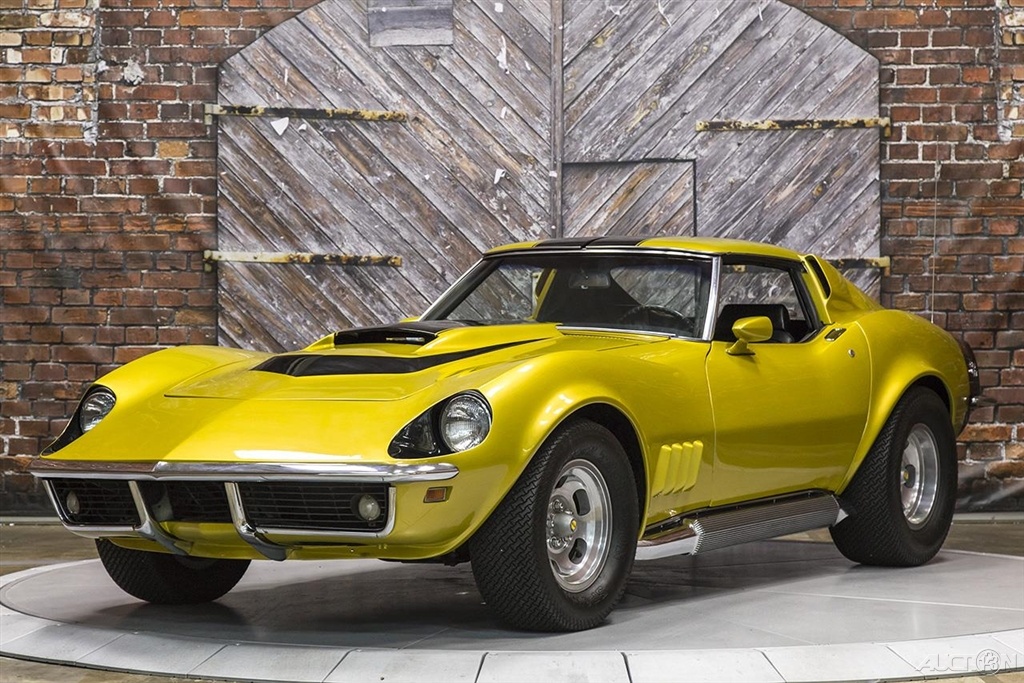
The most revered, and highly valued of Rosen’s tuning and performance masterpieces was the Phase III GT Corvette. These Corvettes were remarkable not only for their beastly on-track potential but for their notable styling as well. Approximately ten Phase III GT Corvettes were ever built, making them as rare as they are formidable.
Perhaps the most interesting fact regarding the Phase III GT Corvette, was that no two of the ten built were exactly the same. This stems from the fact that an extensive list of options and individual components were presented for selection upon each order, and every car was built to meet it’s new owner’s specifications.
However, the bulk of the ten Phase III GT Corvettes were based on a similar ideology and shared several key components. Some of the most pertinent components featured in these builds included a 427 cubic-inch V8 engine, with an Edelbrock Intake, a Holley Carburetor, flared fenders, a functional hood scoop, fastback rear glass, a Motion traction bar, custom Motion wheels, and significantly larger rear tires than those of OEM specification.
The storied run of Baldwin-Motion Phase III GT Corvettes is inherently relevant in the overall history of the iconic American sports car for a number of reasons. However, much of these cars’ significance lies in their value as a true testament toward what the Corvette was capable of offering in the realm of performance if only corporate oversight had not stifled such output at the factory production level.
A Legacy Remembered
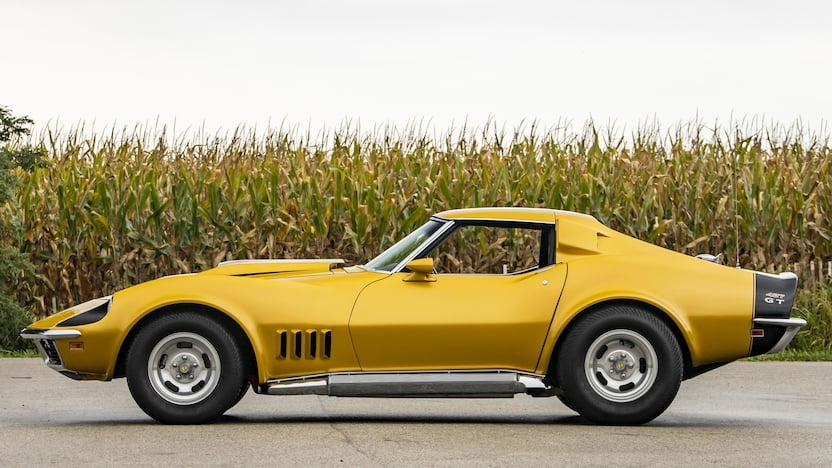
Of the ten original Baldwin-Motion Phase III GT Corvettes, only three are known to remain in existence today. This comes as little surprise, as a race car is rarely intended to age with grace, and there has seldom been any question regarding the Rosen built powerhouses’ legitimacy among the street-legal racers of their day.
As far as Joel Rosen and Motion Performance, all good things must come to an end. An ill-timed advertisement in Car Craft Magazine regarding a Rosen modified Super Vega, received a less than enthusiastic response from the Environmental Protection Agency. Around the same time, the EPA had been ramping up enforcement of newly implemented emissions standards.
The Department of Justice drew up formal cease-and-desist orders against Rosen and mandated a $10,000 fine for every emissions control device that he removed or circumvented from that point forward. Faced with a mountain of potential legal and financial trouble on the horizon, Motion Performance’s day to day operations began a slow decline into dormancy.
Although relatively few Baldwin-Motion Corvettes, especially those based upon the Phase III GT platform, were ever built, the legacy that they left behind was quite monumental. The automotive world quickly realized that they were yet to grasp the full extent of what the Corvette could become. Though pure production renditions of the Vette had yet to achieve the same level of performance notoriety, it went without saying that the Corvette’s best was yet to come.


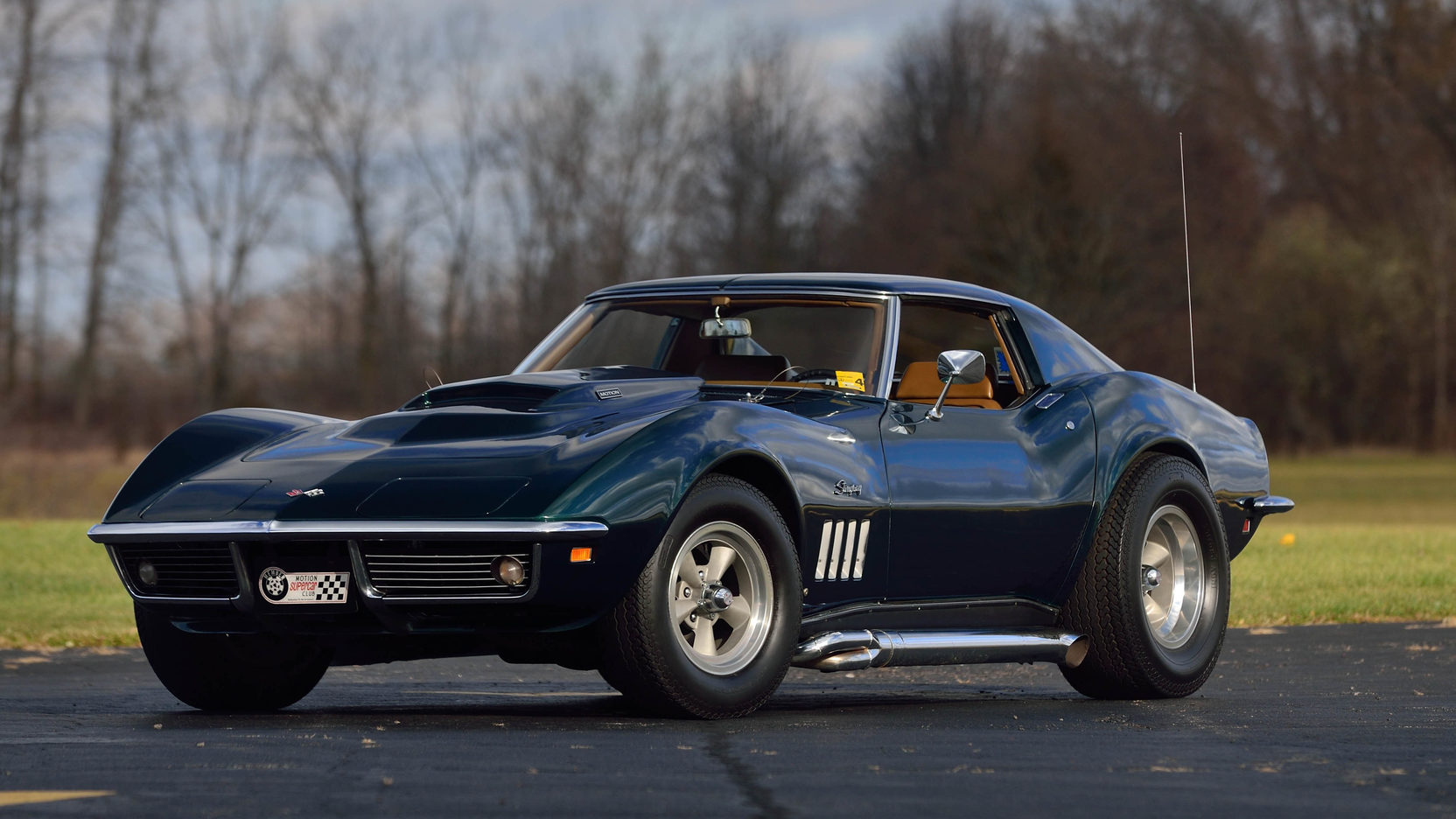
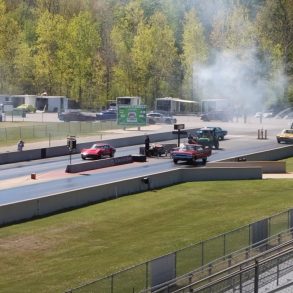
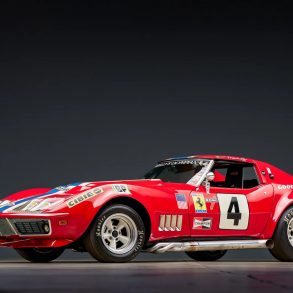
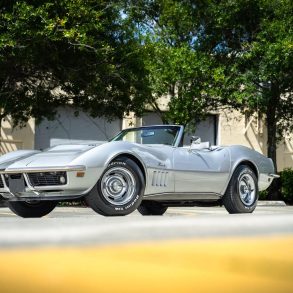
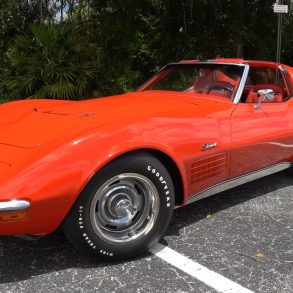
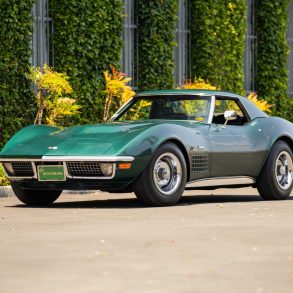
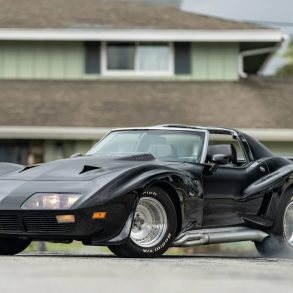
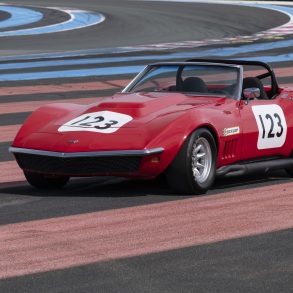
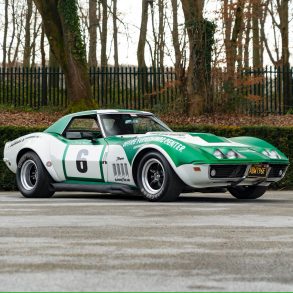

HOW CAN I TELL IF I HAVE A JOEL ROSEN ENGINE? SO FAR THESE ARE THE NUMBERS I HAVE FOUND. 3988512, 794030846, 7010461, T0104LI